
- By Theme
-
Destinations
-
Indian Destinations
-
International Destinations
-
- Best Places to Visit
- Packages
- Search Agents

Hey there, hi. You must be aware of India's colossal diversity. Let's discuss it a little more. Our rich culture and traditions, music & dance forms, cuisines, attires, languages, and much more that can surely take years to describe. That's the rich diversity our great nation holds, the different colored threads of the different religions that are tied to nail of the same national anthem.
Just like the whole world, India also welcomes the New Year with a great zest. The people here party hard and enjoy the day to its fullest. However, the style of welcoming the Indian New Year is entirely different from the world. Though a major populace follows the Western style of welcoming the New Year at midnight, our style makes us stand away from the crowd. Take a look how the different states in India welcome the New Year in the Indian Style.
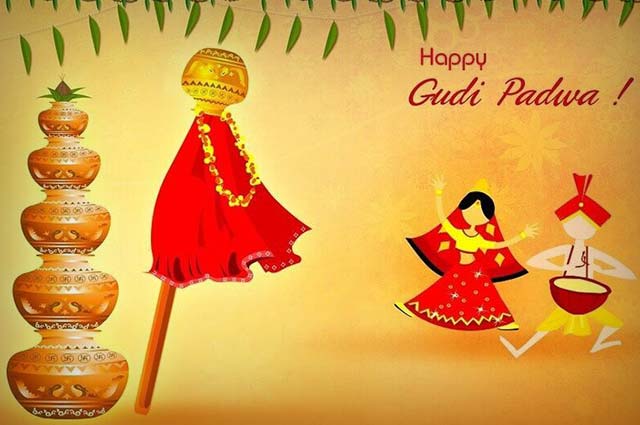
Gudi Padwa marks the New Year in the Marathi culture. Gudi Padwa is celebrated on the first day of Chaitra. People hang a bamboo stick, cover it with a red cloth, and place an inverted copper pot over it. The entire house is festooned beautifully and all the members wear new clothes before sitting together and praying. The dishes like shrikhand, kesari bhaat, puran poli etc. are prepared on this auspicious day.

The people often wonder that when was the first Indian New Year celebrated? You might have heard that the Hindu New Year is often called as Vikram Samvat. This name was given by the locals when King Vikramaditya was victorious over Ujjain's ruler. This practice of celebrating the Indian New Year is running down from 57 BC! Since India is world's largest diversity, there are various ways in which the Indians welcome the New Year.
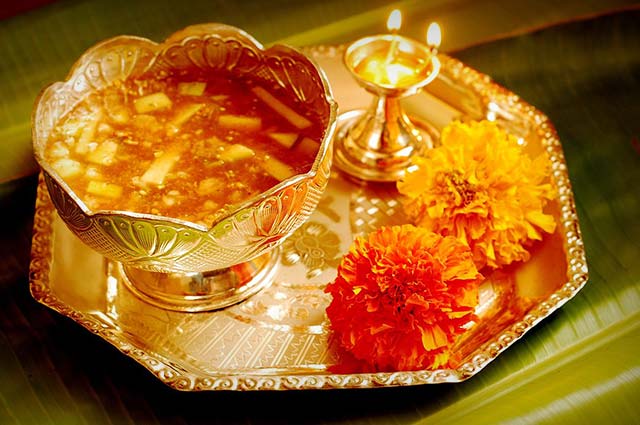
The celebrations of festivals and the Indian New Year in the southern part of the country are done in a traditional manner. Celebrated in April each year, Ugadi is the New Year of the southern states like Andhra Pradesh and Karnataka. Unlike the celebrations that take place on the 1st January which includes parties, Ugadi celebrations commence with offering prayers to the divine power and then preparing delectable dishes.

Baisakhi is one of the most pious festivals for the Sikhs. It marks the New Year as the crops are ready for the cultivation. This gala day is celebrated with a great zest. All Gurudwaras in India are adorned beautifully and are flocked by the enthusiastic Sikhs and Non-Sikhs. People pray and celebrate this day to the fullest.
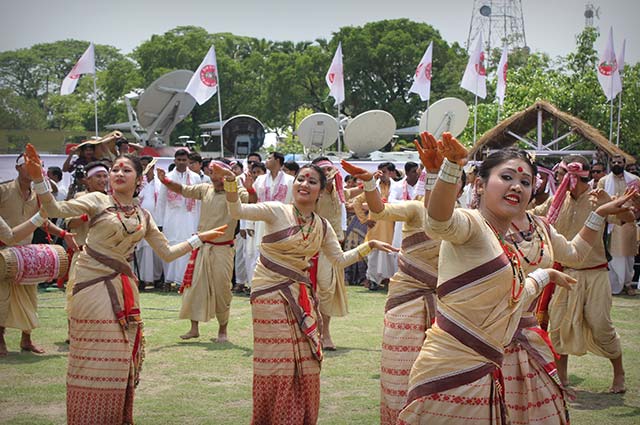
Bihu is the name of the popular Assamese dance form as well as its New Year. Bihu is celebrated in the month of April and marks the beginning of the agricultural season. The Assamese celebrate Bihu enthusiastically and prepare and distribute coconut laddoos, til pitha, fish pitika, rice etc. The famous dance is also performed by the women and young girls of Assam.
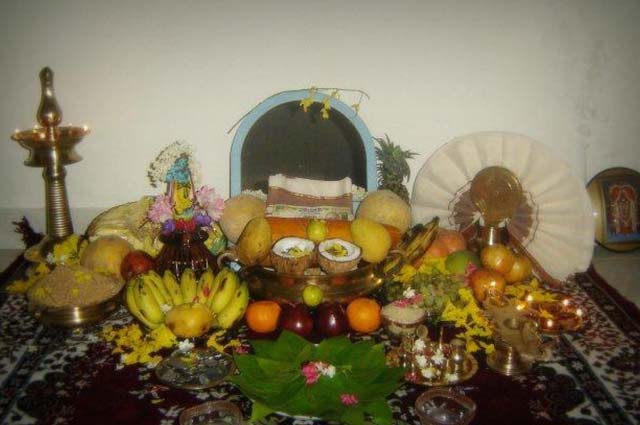
It does sound like someone's nickname, but it is the name of the New Year in the culture of Kerala. The celebration of the Indian New Year in "God's Own Country" is remarkable. It starts with an early morning prayer, worshiping the cow, shopping, and celebrating with nears and dears. The dishes like the beetroot pachadi, naranga khichadi, pineapple payasam etc. are eaten on the occasion of Vishu.
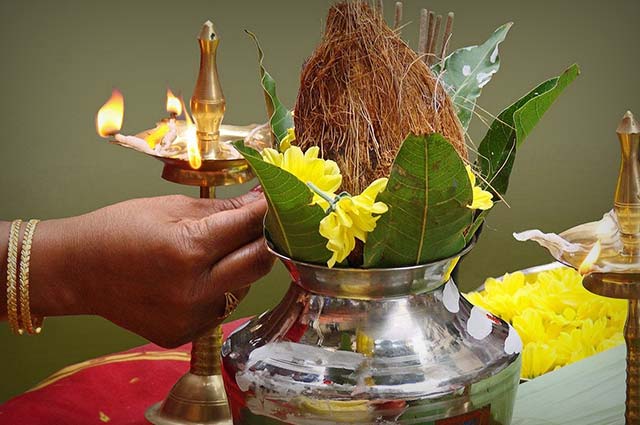
At first, some might think that Puthandu is a wrestler. Nope, Puthnadu is the day when the New Year arrives in Tamil Nadu. The people of Tamil Nadu celebrate this day enthusiastically. They buy new clothes, perform prayers in temples, decorate their homes, and greet each other by saying 'Puthandu Vazthukali'. Appalam, curd rice, vazhaipoo vadai, keerai vadai etc. are some lip-smacking dishes that should be tasted if you are present on the occasion.
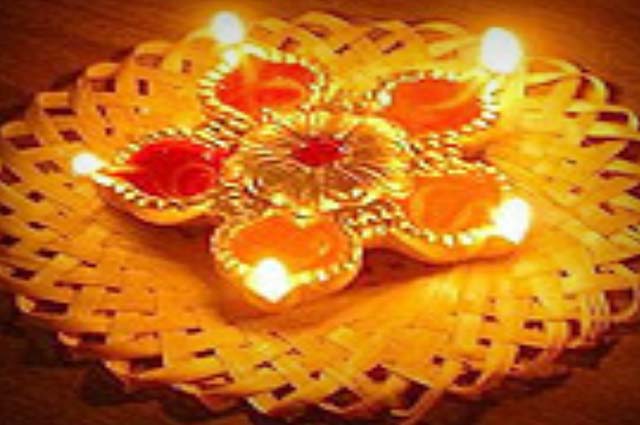
One of the most happening places in the country is Gujarat and the New Year celebrations here catch the sight immediately. Bestu Varas is the Gujarati way of welcoming the Indian New Year. Unlike other Indian New Years that fall in the months between March-May, Bestu Varas is celebrated after Diwali! It is regarded as the most gala time after Navratri. People pray to the Almighty and play Dandiya. Puranpoli, Undhiyu, Shakkarpara etc. are eaten on this occasion.
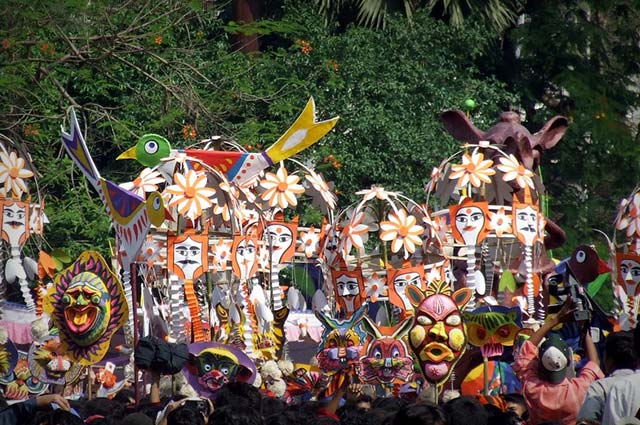
Pohela Boishakh is the day when the Bengali community welcomes the New Year. Just like the other Indian New Year celebrations, Pohela Boishakh also includes the colorful dance performances, yummy snacks including the famous rashogulla, decoration of the house, and shopping. Not only in West Bengal, this day brings a lot of joy at the places where the Bengali people reside in profusion.
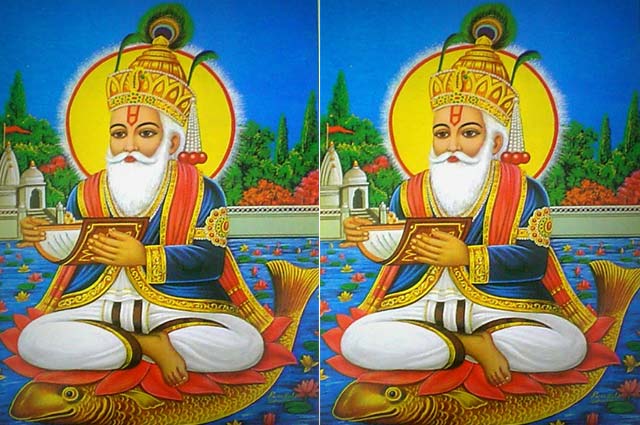
Cheti Chand is the New Year Day for the Sindhi Hindu community. Cheti Chand usually arrives in the month of March/April and also marks the birth of Lord Jhule Lal. This day has a great significance and importance among the Sindhi Hindu communities and thus, it is celebrated ostentatiously. The Sindhi people can be seen visiting Jhule Lal temples and performing their prayers.
"Proud To Be An Indian"- say it loud and take pride. Our country has so many ways to welcome the New Year and that too so many times in a year! It is simply intriguing that makes India stand above all in the terms of celebrating festivals and welcoming the New Year.